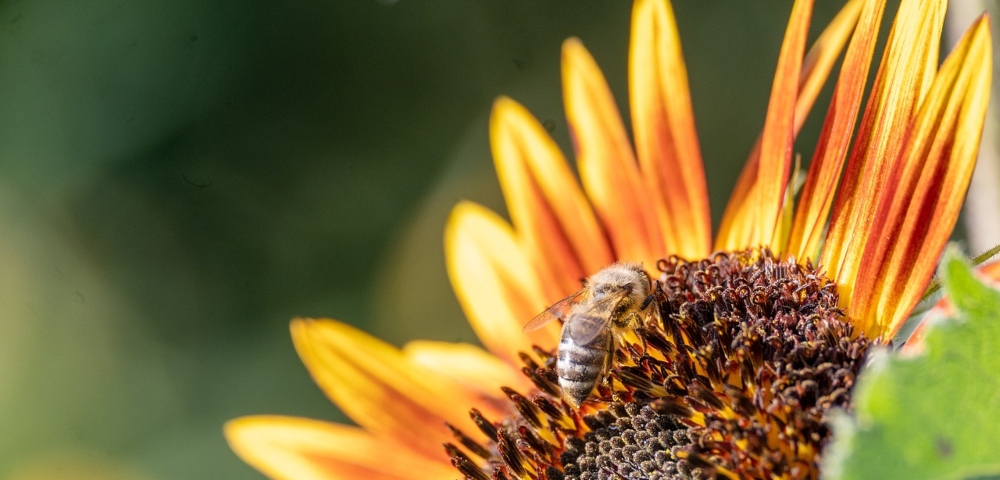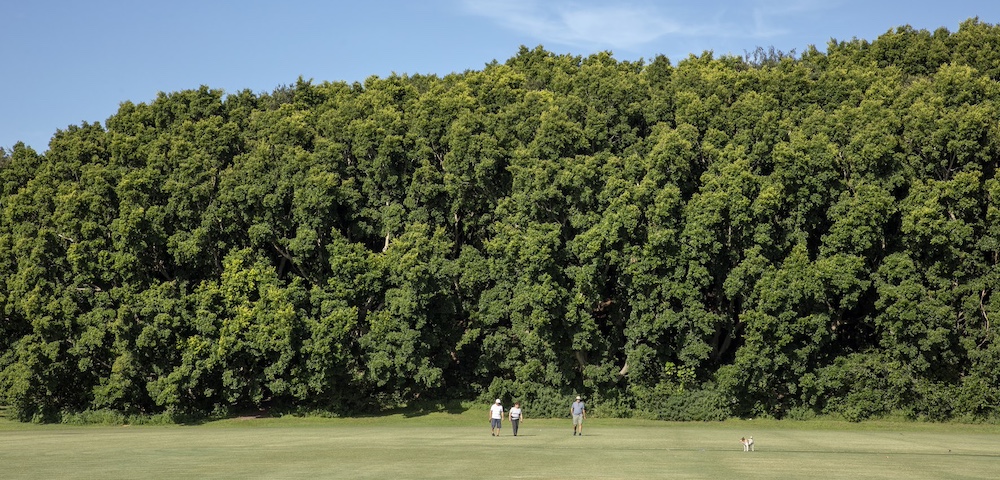

Experts are warning Sydney residents that suffer from hay fever to brace for an earlier and more intense grass pollen season, with forecasts suggesting that grass pollen levels could exceed those of previous years.
According to AirHealth and Campbelltown Hospital, who are jointly managing the Sydney Pollen monitoring program, the expected spike is largely attributed to anticipated above-average rainfall.
The Bureau of Meteorology has forecasted above-average rainfall for New South Wales and the Australian Capital Territory from October to December.
Most regions in NSW and the ACT are expected to experience increased chances of spring rainfall, with particularly high precipitation anticipated in the northern half of the state, extending into some central areas.
This surge in rainfall is expected to boost soil moisture levels, encouraging grass growth which may result in elevated pollen levels compared to previous years on record.
Warning for hay fever and asthma sufferers
Professor Connie Katelaris from Campbelltown Hospital warned that the expected rise in grass pollen levels this season could present significant challenges for individuals suffering from hay fever and asthma.
“It’s important for people to be aware of the heightened risk and take proactive steps to prevent and manage their symptoms,” Professor Katelaris said.
Penelope M, who experiences severe hay fever (also known as allergic rhinitis), shared her concerns about the upcoming season: “I’ve had hay fever on and off for years, but this year feels much worse. My symptoms first came on a week before spring, and I’ve been taking every measure possible to fight it. Telfast, Zyrtec, I’ve even been using the nasal sprays. It’s very challenging to avoid triggers because I have to leave the house so often.”
The National Asthma Council Australia predicts that Canberra may face a more intense grass pollen season this year, with projections suggesting that pollen levels could match or even surpass those of last year.
Hay fever affects approximately 1 in 5 Australians. Common allergens include pollen, dust mites, moulds, animal dander, and other substances. Additionally, up to 80% of people with asthma also have allergies like hay fever – either at certain times of the year or all year round.
How to treat asthma and hay fever?
Here are some key steps for effectively managing symptoms:
- If individuals experience hay fever year-round, it is crucial for them to have a treatment plan that reflects this. They should consult their doctor to explore treatment options and ensure they have the most suitable medications for their specific conditions and severity.
- Ensure Proper Use of Medications: It is essential for individuals to use their asthma and hay fever medications correctly
- Identify and Minimise Triggers: Individuals should stay aware of their triggers and take proactive measures to reduce their exposure to them. Understanding what exacerbates their symptoms can significantly improve their overall management strategy.
National Asthma Council Australia Director and respiratory physician Professor Peter Wark stated that the best defence for individuals with allergies and asthma as they approach the grass pollen season is to maintain effective day-to-day control of their asthma.
“Most people with asthma over the age of six years should be using a preventer to keep their asthma under control. A blue reliever inhaler (puffer) does not stop the inflammation that causes asthma and will not prevent an asthma attack.
“Even people with hay fever, who have never had asthma, should see their GP if they experience worsening asthma symptoms like breathlessness, wheezing and tightness in the chest,” he said.
Individuals suffering from hay fever or asthma are urged to stay informed by monitoring daily pollen counts using the Sydney Pollen App and actively managing their symptoms.
Additional recommendations include tracking pollen levels in their area, eliminating dust traps in the home like old curtains and carpets, and regularly washing linen and bedding to reduce allergens.









